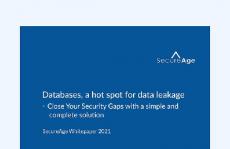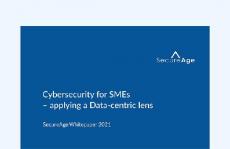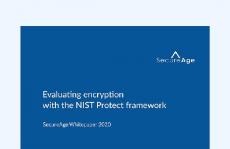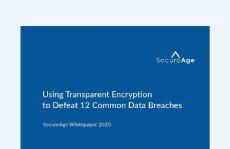Databases, a hot spot for data leakage
With businesses becoming ever more data-driven and data-reliant, databases have become their default digital asset storehouse, providing immense benefits of organisation, retrievability, and analytical insight. Covid-19 and the move to remote or hybrid work have only intensified the demand for databases, particularly those distributed through cloud technology. But that concentration of information, however convenient, makes databases a singular target for attacks and a primary security concern.





